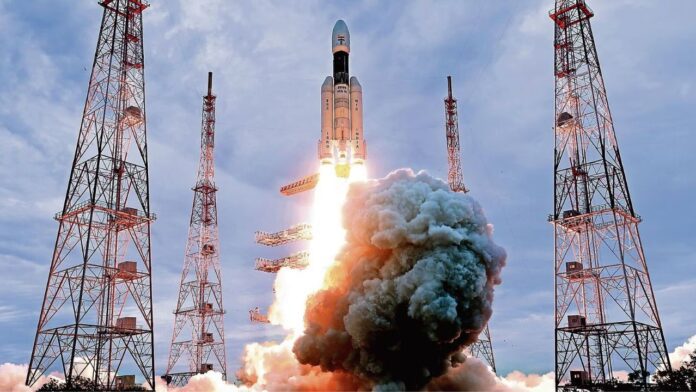India’s ambitious journey to the moon, the Chandrayaan-3 mission, is not just another space endeavor. Spearheaded by ISRO (Indian Space Research Organization), this mission carries with it dreams, challenges, and exciting prospects. We’ve compiled seven amazing facts about the mission to give you a taste of what ISRO is up against and what they’re aiming to achieve.
A Swift Drop in Speed
The Vikram lander, part of the Chandrayaan-3 mission, is currently hovering about 25 kilometers above the moon’s surface at a staggering speed of 6000kmph. In a matter of seconds, it’s set to reduce that speed to a mere 1 meter per second, along with executing a sharp 90-degree turn. The precision and speed required for these maneuvers are breathtaking.
Pioneering the South Pole
India has set its eyes on being the first country to land successfully at the moon’s south pole. The region has unique magnetic and gravitational properties, which have posed challenges for past missions. Success here would mark a significant achievement. If you want you can also read – ‘Water on the Moon’: Chandrayaan 2 Confirms its Predecessor’s Groundbreaking Discovery
The Little Engine that Could
Initially estimated to function between three to six months, the propulsion module has exceeded expectations. As of now, it still has over 150 kg of fuel from its initial 1,696.4 kg, indicating it could be operational for years to come.
Mission Goals
Beyond the thrill of exploration, Chandrayaan-3 seeks practical answers. The mission is set to probe the moon’s atmosphere, soil, and rocks, looking for elements to support human life. A key task for the Pragyan rover during its 14-day assignment is to scout for water ice, which could pave the way for future lunar habitation and act as a propellant source for Mars-bound spacecraft.
A Lunar Heavyweight
Weighing in at 1749.86 kg (which feels like 2800 kg on the moon due to its gravity), the Vikram lander is no lightweight. This heft, while necessary, adds another layer of complexity to the landing process.
The Quest for Future Energy
The Pragyan rover has an additional intriguing task: to search for Helium-3. This element could be a potential fuel source for nuclear fusion reactions, potentially offering Earth an abundant, clean energy supply without the burden of radioactive waste.
Prepared for the Unexpected
With the challenges of lunar missions being well-known, ISRO isn’t leaving success to chance. As revealed by ISRO chief S Somanath, the Vikram lander’s design prioritizes adaptability in the face of sensor or engine malfunctions. The robust design ensures that, given a functional propulsion system, the lander can still touch down safely even if other systems falter.
In the vastness of space, the Chandrayaan-3 mission is a testament to human ingenuity and the spirit of exploration. We eagerly await the results of this monumental endeavor.


















![10 Countries With the Best Healthcare in the World [Statistical Analysis] Countries With the Best Healthcare in the World](https://articleify.com/wp-content/uploads/2025/07/Countries-With-the-Best-Healthcare-in-the-World-1-150x150.jpg)










